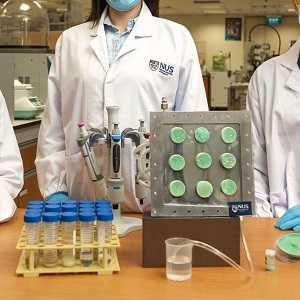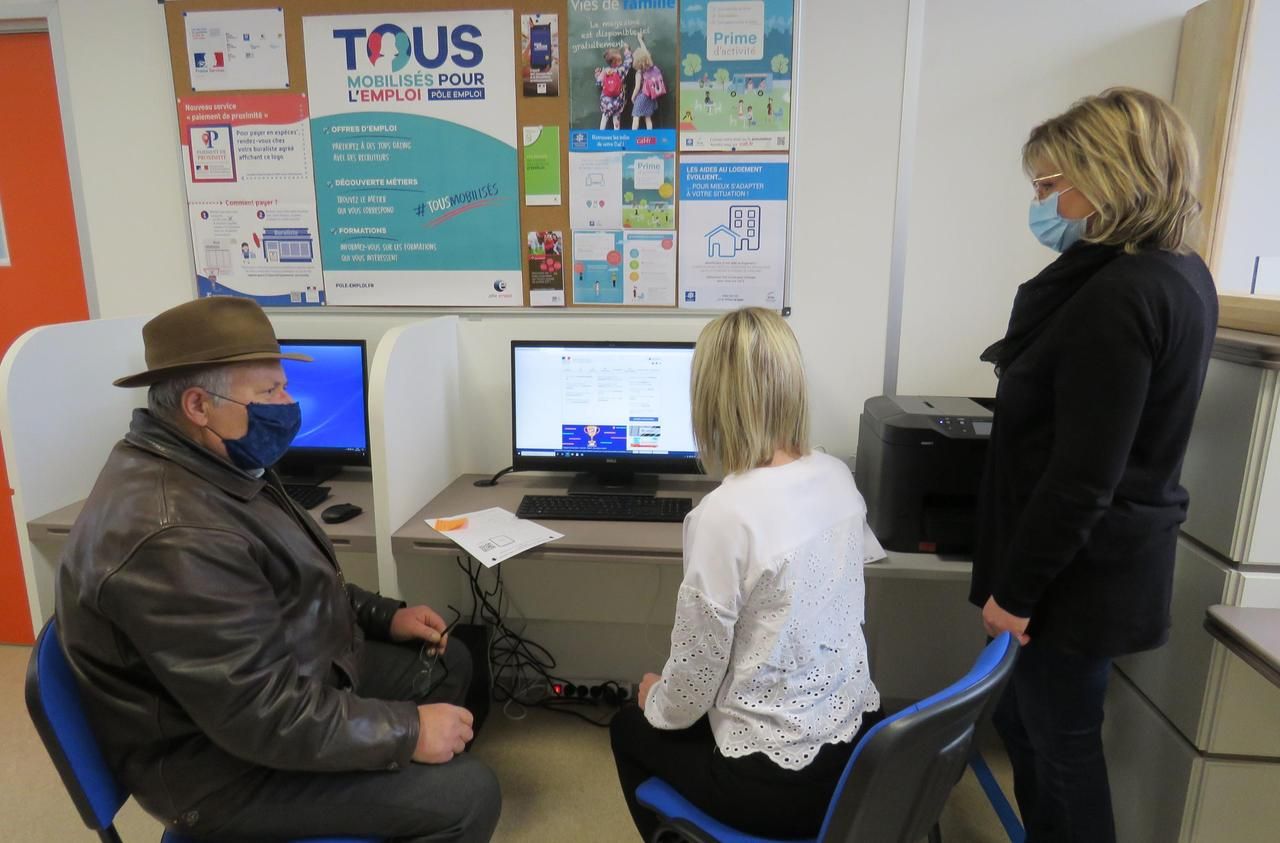One kilogram of a hybrid airgel, consisting of polymers and MOFs, conjures 17 liters of drinking water per day in humid air. It doesn’t need sunshine, electricity, nothing at all. All you have to do is put it somewhere so that air can reach it. Similar devices could help solve chronic drinking water problems.
–
Experimental device with hybrid airgel. Credit: NUS Ho Group.
–
There is still a shortage of drinking water in the world, and that alone will probably not improve. One solution could be to extract water from air humidity. A team of experts from the National University of Singapore (NUS) recently introduced a promising new technology of this type. It uses a spongy airgel that converts moisture molecules into drinking water without the need for an energy source or any moving components.
Technologies for obtaining water from air humidity can be very different. Ho Ghim Wei and her team chose a relatively simple approach. They created an airgel that forms long chains of polymers, combined with the increasingly popular MOFs (Metal-Organic Frameworks), metal-organic skeletons with an amazingly huge surface area.

Ho Pin Wei. Kredit: NUS Ho Group.
–
The new hybrid airgel is intentionally designed to constantly attract and repel water. In practice, this means that this airgel autonomously traps molecules from the air that passes through it. The obtained water condenses into a liquid, which can then be used. The performance of the airgel increases when it is irradiated by the Sun. This is because sunlight promotes water repellency by the airgel and, as a result, converts up to 95 percent of the air humidity into liquid water. At the same time, however, the device also works in the shade.

National University of Singapore, logo.
–
The hybrid airgel performed well in laboratory tests. It operated continuously for 1,440 hours, constantly producing water that meets WHO standards for drinking water. In a humid climate, 1 kilogram of airgel can extract 17 liters of drinking water per day, which is admirable. The only complication is that the airgel is incredibly light, so a kilogram of this substance takes up not very little space.
The creators of the airgel emphasize the simplicity of the design. Their airgel needs no sunlight or electricity to operate. Unlike other similar devices, it has no moving parts, which significantly increases its practicality and simplifies maintenance. As Ho also points out, water in the atmosphere is constantly being supplemented by the global hydrological cycle, so that their solution is long-term sustainable, functional in various climatic conditions and at the same time minimally energy-intensive. The NUS team is now looking for commercial partners to take technology development to a new level.
Literature
– .


